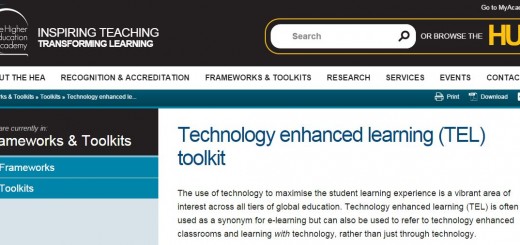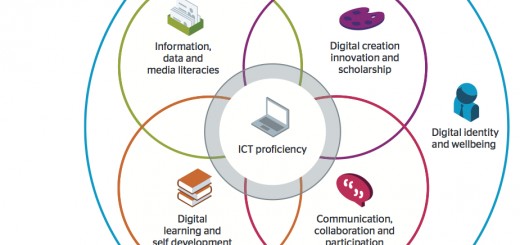Creating Moodle Courses for 2015/16
It’s that time of year again when you can start creating your Moodle courses for the next academic year, 2015/16. Why not get ahead of the game and create the module for the 2015/16 academic year before you go and enjoy your summer holidays!
Before the start of each academic year, we need information about which credit bearing modules require corresponding spaces in Moodle. We use a system called Moodle Modules to capture this information.
What is Moodle Modules?
Moodle Modules is a web application which allows us to gather information about which credit bearing modules require corresponding spaces in our Learning Management System, Moodle.
In other words, it lets you tell us whether or not you want a module space setup in Moodle. It’s clever too! It knows who you are and who the students taking your module are, so it will automatically make sure all participants, whether staff or student, have access to the module spaces they need.
Please note: You must take responsibility for making your module selections in Moodle; otherwise you will be without a Moodle course for the start of the academic year, 2015/16. If you are unsure about the type of course you need to create for a module in Moodle then please contact a member of the TEL team – we’re happy to help!
SEGI Modules
If you’re teaching on a module that is also being delivered by one of our International partners (at their institution) it is important to create both instances of this module at the same time. Due to the limitations of the Moodle Modules application, it’s very difficult to retrospectively create a SEGI version of a module once the YSJ version has been created! Again, please contact the TEL Team if you require any support or advice – it maybe that you don’t have the course type available to you in Moodle modules but this can be easily changed.
Creating Moodle Courses
The process for creating Moodle courses is simple – we have outlined how to do this below:
[gview file=”http://blog.yorksj.ac.uk/moodle/files/2015/06/Moodle-Modules-Guide-15_16.pdf”]
Three Step Guide for Creating Moodle Courses
Follow these condensed instructions for creating Moodle courses:
Step 1: Log in to Moodle Modules (http://intranet.yorksj.ac.uk/MoodleModules) with your YSJ username and password.
Step 2: On the All Modules page you’ll find a long list of modules. Either scroll down the page, or use Ctrl+F on your keyboard to quickly find the module code you need to activate. Once you’ve located the module, click on the module code to get to the next screen.
Step 3: Activate the module in Moodle by:
- selecting what type of course you want setup in Moodle. Use the Course Type descriptions to guide your decision. If in doubt about the type of course you want in Moodle, contact the TEL team.
- adding yourself to a module by clicking Add Tutor in the Tutors field – DO NOT add administrative staff to the list of tutors. They have a different way of accessing modules in Moodle.
If you can’t find your module in the list, the Add Module page lets you add a module code to the list of modules which requires a space in Moodle. Only official credit bearing module codes will lead to courses automatically being generated in Moodle.
It’s really that simple. This gives us the information needed to automatically create new courses in Moodle and to ensure that all your students are enrolled on them, ready for the 2015/16 academic year.
In the coming days we will be putting out another blog post about the minimum expectations for a Moodle module based on both student and tutor consultation. The minimum requirements are going to form part of the new Technology Enhanced Learning Quality Framework. A Moodle module template based on these minimum expectations will be made available to staff to ensure a consistent approach to module layout and design across a programme.
If you require any help or support when setting up your modules, please don’t hesitate to contact a member of the TEL team.
Daniel


